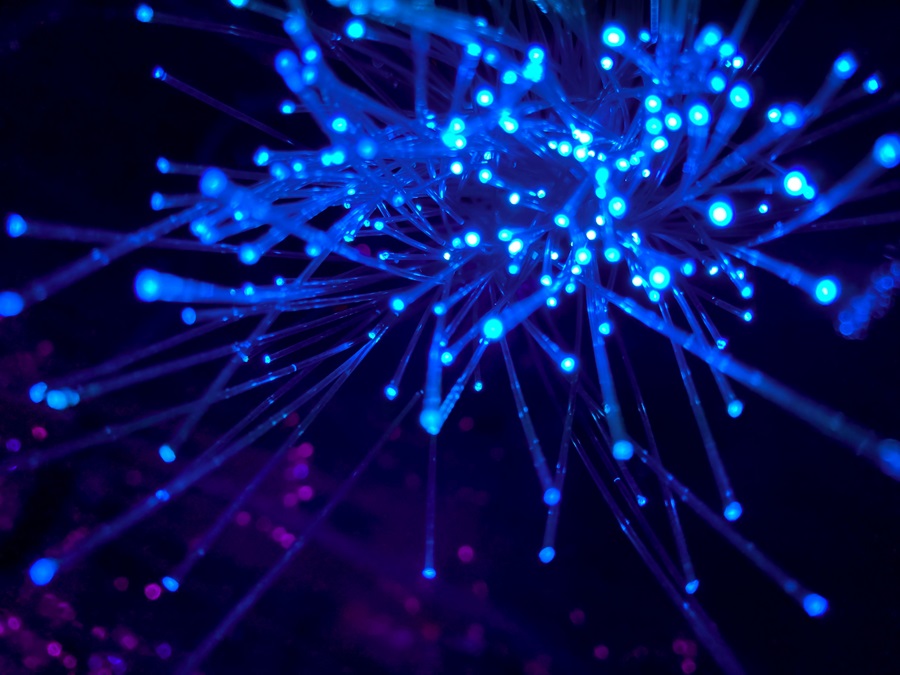Like few other conferences, the annual CES (Consumer Electronics Show) in Las Vegas offers a mixture of breathless hype and tangible proof that the future is already here, with products available for sale, as well as aspirational visions. Both the devices and the way companies talk about them offer clues for how the world’s biggest tech companies think about the future – what consumers will want, and what brands can deliver.
This year’s CES was the first to happen a full year after the explosion of interest in generative AI (Artificial Intelligence), occasioned by the 2022 launch of ChatGPT. With that in mind, brands have had plenty of time to roll out innovative AI products and layer an AI gloss over others. But the learnings didn’t stop at AI. Here are some of our top observations, and what they tell us about the future.
AI-Enabled Auto Experiences
First, inevitably, artificial intelligence. Automotive tech provided one of the most telling demonstrations of where this technology is headed overall. In recent years, as a car’s tech stack has become as important a selling point as its powertrain, CES has become the preferred venue for many auto companies to debut new concepts and models, and this year was no exception.
The biggest new pitch of 2024 was bringing generative AI into the cabin. While cars have long offered voice assistants, automakers including Mercedes and Volkswagen are equipping drivers with the more wide-ranging capabilities of large-language models. Volkswagen is working with technology partner Cerence to integrate ChatGPT into dashboards, so that drivers can say, for example, “I’m hungry for Pad Thai,” and the car will show drivers a map of restaurants in the area with directions or offer a recipe if they want to make the dish themselves. Compared with conventional voice assistants, the ChatGPT integration offers a more intuitive, natural, and open-ended way to communicate. ChatGPT does not gain access to any data, which offers a clear example of OpenAI working to accommodate enterprise privacy concerns. This feature is set to be implemented into their cars in Q2 2024.
Mercedes has taken a different approach, debuting its MBUX Virtual Assistant technology on a custom-built Mercedes-Benz Operating System platform. Using generative AI, the system communicates with users in one of four emotional states: personal, predictive, natural, and empathetic. At CES, the assistant is integrated into the Mercedes Concept CLA Class mode, which the brand plans to launch in 2025. Mercedes Group CTO Markus Schäfer said the tech is all about “our journey towards the hyper-personalized Mercedes-Benz user experience.”
Future Takeaway: Brands are beginning to deliver on the promise that generative AI provides a hyper-personalized, intuitive user experience. We’ll see much more of this across categories going forward.
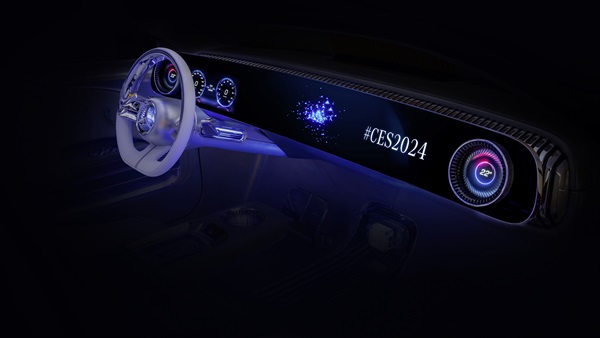
AI-powered MBUX Personal Assistant at CES 2024 (Source)
Smart Health, Smartly Targeted
Health-tracking devices have been a staple of CES for over a decade, but the step-counters of yesteryear no longer cut it. Standout health devices for 2024 offer specific solutions for specific populations, enhanced with the predictive power of AI.
The Evie ring from Movano focuses on women’s health, helping wearers track menstrual cycles and their connection with mood and sleep, while also doubling as a step-counter and overall health monitor. Movano Health CEO John Mastrototaro calls it a “health coach with medical-grade functionality,” while the company notes that it interviewed over 1,000 women to help develop the ring’s design and function.
The CES Innovation Awards, an annual in-conference competition, also spotlighted health devices for men, including the OVIEW Sperm Analysis Platform, device that allows patients to measure and test their sperm count remotely. This allows patients to see whether changes in lifestyle habits such as sleep, diet and exercise are having their intended effect, without extra visits to a doctor.
Brands even trained the power of predictive health analytics on the pet population. For example, Invoxia launched the Minitailz Smart Pet Tracker, a wearable for dogs and cats. The device measures heart and breathing rate, barking, sleep and other data that may provide early notice of potentially serious health conditions.
Future Takeaway: The innovation here isn’t in the tech itself, but in the combination of technology with deep consumer insights on specific groups – in this case, women, men, and pet owners. More AI solutions aimed at niche groups will follow.
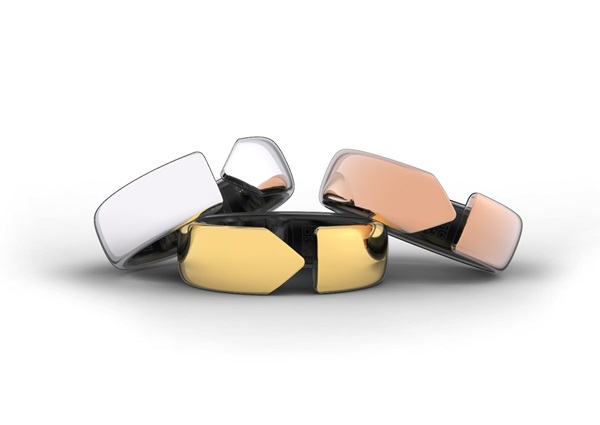
The Evie women’s health ring (Source)
Super-App Futures
One of the most talked-about – and confusing – devices of the show was the Rabbit R1, a “custom-built consumer AI device” that would “take a leap towards an app-free online experience,” according to its makers. The standalone device acts as a bridge between any request a consumer might have – order a car, get takeout, book a vacation rental – and the various smartphone apps that fulfill these needs. Rather than using 50 different apps with their own logins and interfaces, users can, in theory, communicate only with the Rabbit R1.
For years, we’ve been hearing about so-called “super-apps” such as WeChat and Alipay and the promise of reducing the great clutter of apps and services into a more manageable interface. Publications such as Harvard Business Review have wondered whether these apps, already dominant in Asia, will show up in North America, while Elon Musk has mused about whether X can become such a service.
The Rabbit R1 and similar devices – such as the Humane Ai Pin, which delivers AI-driven voice and touch controls to a screenless interface – point toward a more feasible pathway for “super-apps” in North America. Rather than replacing many apps with one app, AI could simply make it easier to get what we need without opening any apps at all.
Future Takeaway: Generative AI may provide the “glue” that moves technology beyond an app-based interaction model, delivering on the promise of super-apps even in Western markets.

The Rabbit R1 (Source)
Low-Energy Innovation
As ever, sustainability was a big focus at CES 2024, which at times lands oddly at a conference celebrating new hardware set in the fragile desert ecosystem of Nevada. Nonetheless, many companies had exciting new solutions.
A category almost absent a few years ago is heat pumps, which have emerged as a more energy-efficient alternative to gas and coal furnaces, and now are seemingly everywhere at CES. While some consumers have worried about their effectiveness in very low temperatures, Bosch showed a model built specifically for the more extreme North American markets that works down to -13 degrees Fahrenheit. Heat pumps are powered by electricity, and if they draw from clean power, they can eliminate a source of emissions at a long-term cost savings to consumers.
Many companies are also thinking about how to integrate electric vehicles into a larger energy management system for the home, that may also communicate with the electrical grid. For example, Siemens launched Inhab, a smart home energy management system that helps users control how energy is distributed throughout homes, while other companies showed similar systems.
Future Takeaway: As devices are integrated across the smart home, energy management will emerge as a key use case, with benefits both for the environment and for household budgets.
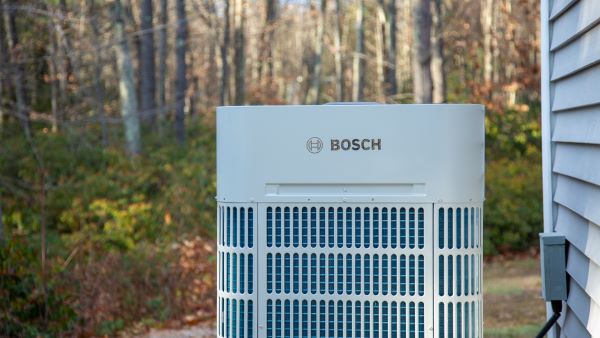
Caption: Bosch IDS Ultra Heat Pump (Source)
In/Side/Out
CES also has a more whimsical side, surprising viewers with the application of tech to unusual areas. In 2024, we saw examples of bringing the outdoors inside, and the indoors out.
For the barbecue enthusiast who doesn’t want to leave their home kitchen, GE offered the Profile, an “indoor smoker” device that uses a catalytic converter to remove smoke as it cooks meat. The device adds smoky flavor to meats without releasing any fumes.
Meanwhile, LG debuted the Bon Voyage, a high-tech camping trailer that served as a showcase for many of the company’s buzzy CES products from previous years. Outdoor screens feature weather updates and an entertainment area, while the indoor digs offer a karaoke set, cocktail and wine storage, a coffee concept called the Duobo, and a clothes refresher that steams and agitates clothes for wrinkle-free wear, even in the woods. Not exactly roughing it.
Is it too big a stretch to see this as a reaction to the pandemic, when many consumers observed a strict boundary between indoor and outdoor behaviors? Maybe so, but in any case, these offerings were refreshing and fun.
Future Takeaway: No domain is off-limits for a tech upgrade, even time spent in nature – while some people will seek out time away as a tech detox, others will always enjoy tech-powered amenities.
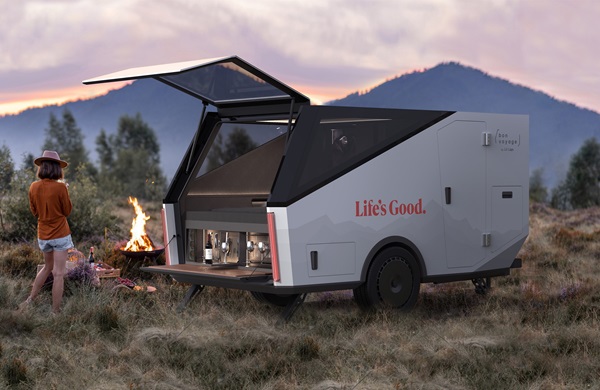
The Bon Voyage by LG Labs (Source)
Kantar’s Futures Practice can help you future-proof your business strategy and identify the big bets that will drive long-term growth.
Get in touch to learn more or join us for Generative AI 2028: The Human View, a study exploring the future of generative AI as a consumer technology, with implications for brands and businesses.
